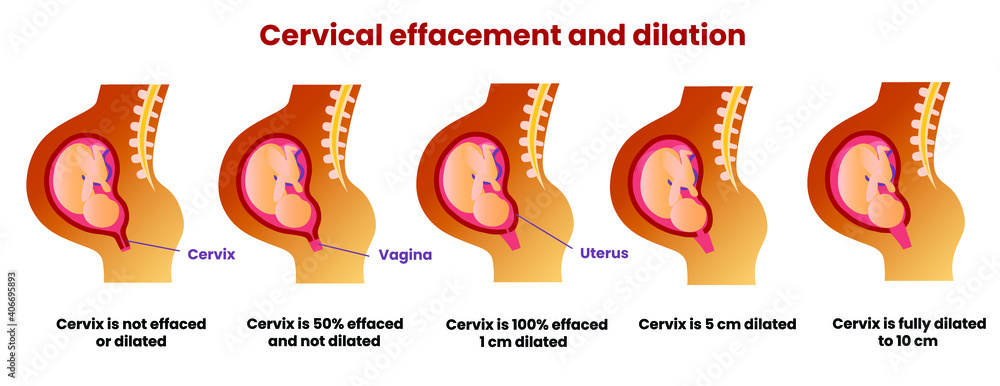Bishop Score: Purpose, Measurement, and Significance in Pregnancy

Hello, dear readers! Welcome back to our women’s health and obstetrics blog, where we’re dedicated to bringing you comprehensive insights into the journey of pregnancy and childbirth. Today, we’re diving into a topic that holds significant significance for both pregnant mothers and healthcare professionals alike: the Bishop Score. Join us as we unravel the mysteries surrounding this essential tool, exploring its purpose, how it’s measured, and its profound significance in the realm of pregnancy and labor.
Decoding the Bishop Score: A Critical Tool in Obstetrics
The Bishop Score, named after Dr. Edward Bishop, is a standardized assessment used by healthcare providers to evaluate the readiness of the cervix for labor and childbirth. This scoring system takes into account specific factors that collectively provide a holistic view of the cervix’s preparedness for labor during pregnancy.
The Components of the Bishop Score: A Comprehensive View
The Bishop Score encompasses five key factors:
- Cervical Dilation: This factor measures how open the cervix is, indicating its readiness for labor. The more dilated the cervix, the higher the Bishop Score.
- Effacement (Cervical Thinning): Effacement assesses how thin the cervix has become. A higher score is assigned to a thinner cervix, which is more favorable for labor.
- Fetal Station: This factor reveals how far the baby’s head has descended into the birth canal. A lower fetal station is associated with a higher Bishop Score.
- Cervical Consistency: The cervix’s texture is assessed, and a softer cervix receives a higher score because it indicates its readiness for labor.
- Cervical Position: The position of the cervix is considered, with a more forward position contributing to a higher Bishop Score.
The Role of the Bishop Score in Pregnancy and Labor
The Bishop Score serves as a vital tool with several crucial functions:
- Guiding Induction: Healthcare providers use the Bishop Score to determine the appropriateness of labor induction. A higher score suggests a cervix that is primed for labor induction during pregnancy.
- Predicting Labor Progression: Expectant mothers benefit from the Bishop Score’s insights into labor progression. A higher score often indicates a smoother advancement of labor, reducing potential complications.
- Tailored Care: The Bishop Score empowers healthcare professionals to personalize their approach to labor management, ensuring interventions align with the unique needs of each pregnant woman.
Understanding Measurement and Interpretation
The Bishop Score is measured by assessing the aforementioned factors, each assigned a score. The total score helps determine the cervix’s readiness for labor. Higher scores indicate a cervix that’s more conducive to successful labor and delivery.
Conclusion: Navigating Labor Preparation with the Bishop Score
Understanding the Bishop Score empowers both pregnant women and healthcare professionals to navigate the intricate journey of labor preparation with confidence. As you come closer to the wonderful moment of childbirth, keep in mind that while the Bishop Score is a valuable tool, it’s just one part of the bigger picture. Your healthcare provider will consider multiple factors to ensure the best possible pregnancy and childbirth experience.


